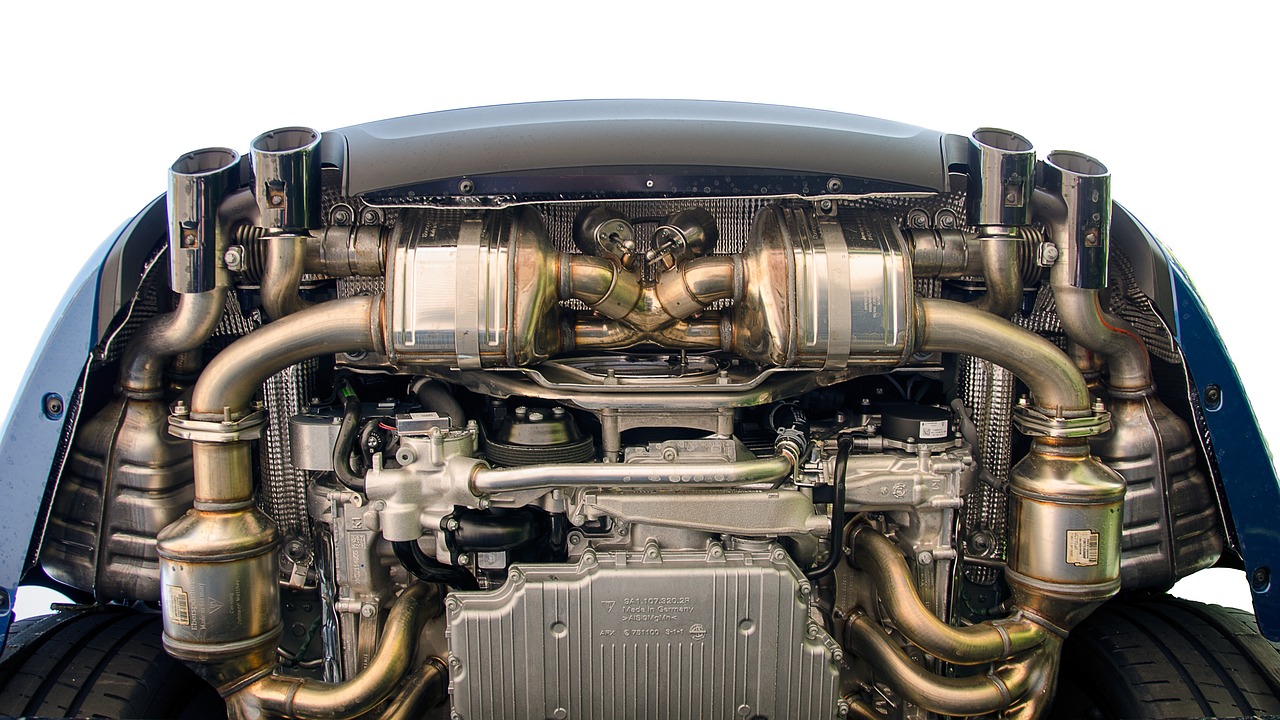CATALYTIC CONVERTORS
Let's help you!
- Swarna Aditya Bullion and Commodities Resources Private Limited Plot No 75, Sector -4 Industrial Estate IMT Manesar GURGAON 122051
- +911244084919
- info@swarnaadittyabullion.com

At SAB, we engage with refineries that use the state–of–the–art technologies necessary to process Steel and Ceramic Catalytic Converters. Based on the needs of our clients, we can tailor flexible payment terms, process times and quotation methods.
For clients dealing with multiple products, we offer package deals with increased prices.
Catalytic Converters contain precious metals such as Platinum, Palladium and Rhodium.
SAB provides the processing service for all ceramic or steel catalytic converter waste.
Our company policy allows flexible metals hedging terms, which enables you to minimize the market fluctuation risks. Our refinery has a cutting-edge on-site laboratory with the latest analyzing machinery for automotive catalytic converters including XRF and ICP analyzers.
Everything you need to know about Catalytic Converter
A catalytic converter uses its pipes, precious metals and other materials to absorb the toxic emissions that come from vehicles. It usually lasts the entirety of a car’s lifetime.

